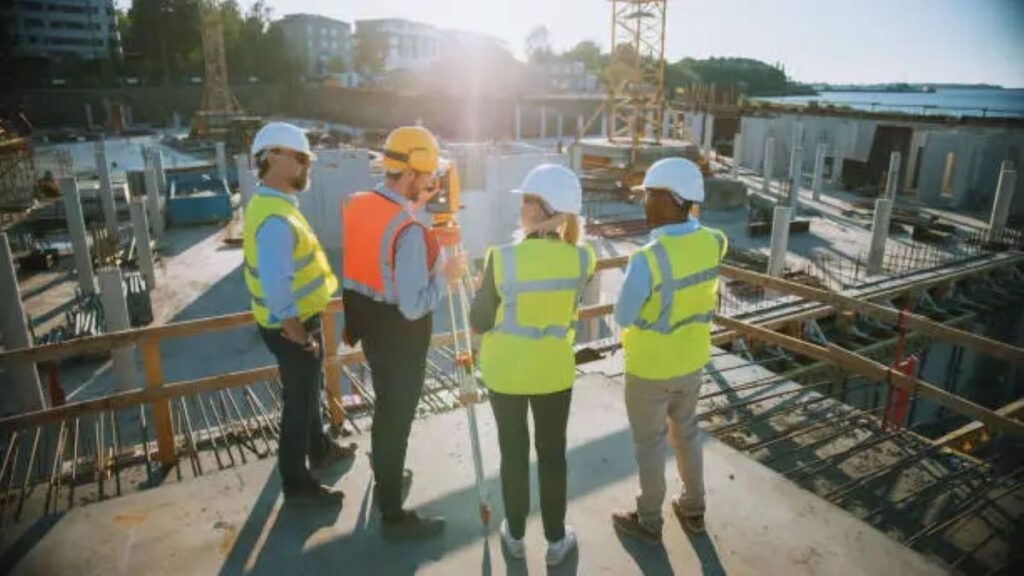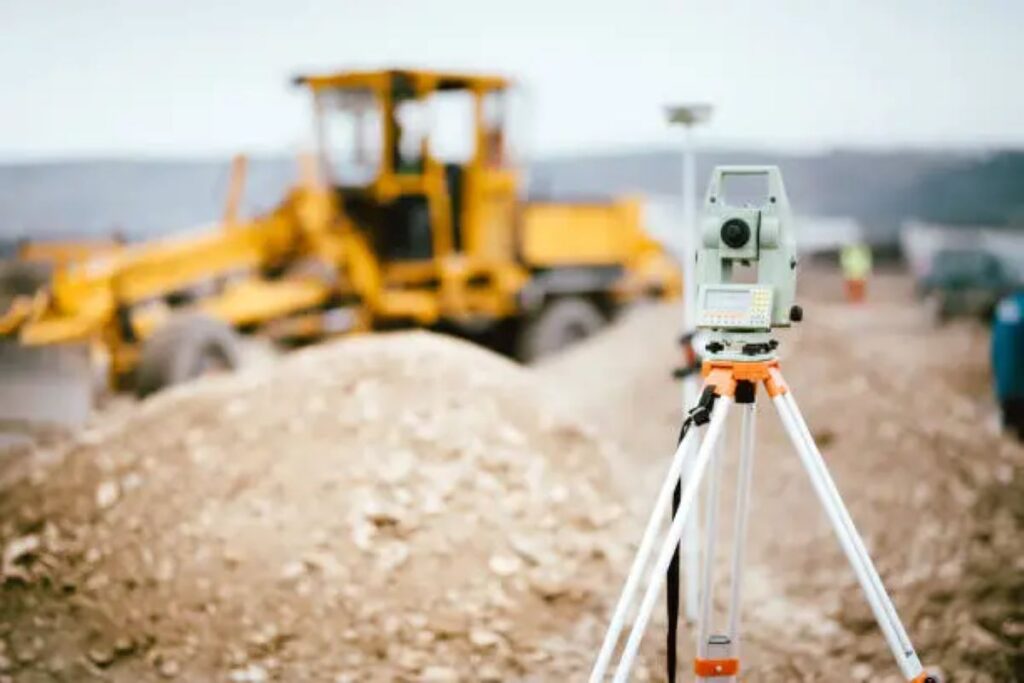In the field of construction, accurate planning and execution are paramount. This ensures that a project not only meets functional requirements but also adheres to safety and regulatory standards. At the forefront of this process is the engineering surveyor, a pivotal professional responsible for the precise measurements and layouts that guide the construction process. In this article, we will explore the significant role of an engineering surveyor and how their expertise contributes to the integrity and success of construction projects.
The Role of an Engineering Surveyor in Construction Projects
Engineering surveyors play a crucial role in the groundwork of construction projects. Their primary responsibilities involve measuring and mapping out the physical terrain where construction will take place, making professional use of advanced technology and methodologies. They work in collaboration with engineers, architects, and construction crews to provide the foundational data necessary for various stages of a project.
One of the key tasks of an engineering surveyor is conducting a topographical survey. This process involves assessing the land’s features, including its natural contours, existing structures, and any obstacles that could affect construction. By providing accurate measurements for elevation, slopes, and coordinates, engineering surveyors create essential maps that inform site developers about how to position structures properly within the landscape. This meticulous attention to detail ensures that the project not only adheres to design specifications but also respects the environmental integrity of the site.
Moreover, engineering surveyors are responsible for establishing points, lines, and levels that are crucial for excavation and construction activities. Using specialized equipment such as theodolites, levels, and GPS technology, they ensure that all dimensions conform to the specifications laid out in the architectural plans. Their expertise in interpreting these measurements is vital, as even minor errors can lead to significant challenges down the line, such as structural weaknesses or costly redesigns.
Accurate Measurement Techniques
Accurate measurements are the backbone of effective engineering surveying. Engineering surveyors employ a variety of techniques to guarantee precision. For instance, they utilize Total Stations that combine electronic theodolites with distance measuring capabilities to provide highly accurate real-time measurements. This technology allows surveyors to capture data with remarkable speed and reliability, which is essential in fast-paced construction environments where time is often of the essence.
Moreover, advancements in surveying technology have introduced methods like laser scanning and drone surveying, which allow for rapid data collection over large areas and can reveal minute details that traditional surveying methods might miss. These technologies not only expedite the survey process but also improve overall accuracy, facilitating successful construction outcomes. The integration of 3D modeling and visualization tools has further enhanced the ability of engineering surveyors to present their findings in an easily digestible format, aiding stakeholders in making informed decisions.
Collaboration with Other Professionals
Collaboration is essential in construction, and engineering surveyors often find themselves working closely with architects and construction managers. This team-oriented approach is vital to align the structural designs with the geographical realities of the site. By sharing insights based on their surveys, engineering surveyors help architectural professionals to adjust designs to better fit the physical constraints and characteristics of the land. This collaborative effort not only enhances the aesthetic appeal of the project but also ensures that it is structurally sound and sustainable.
Additionally, construction managers rely on accurate site measurements from engineering surveyors to develop a reliable project timeline and budget. Any discrepancies in size or placement highlighted during the surveying phase can potentially save costs and avoid conflicts during the on-site construction phase. The ability of engineering surveyors to provide timely updates and adjustments based on ongoing site conditions is invaluable, as it allows for proactive management of resources and scheduling, ultimately leading to smoother project execution.
Risk Mitigation and Compliance
Engineering surveyors are also integral to risk management and compliance with local regulations. By conducting a thorough site analysis, they identify potential risks such as ground stability issues or environmental hazards, which might impact construction. This proactive approach helps construction teams to develop mitigation strategies well in advance. For instance, if a survey reveals that a site is prone to flooding, engineering surveyors can recommend design alterations or drainage solutions that will safeguard the project against future water-related damage.
Furthermore, the legal framework surrounding construction sites often requires detailed documentation of survey results. Engineering surveyors provide this necessary documentation, ensuring that projects comply with local zoning laws, building codes, and environmental regulations. Their reports can also serve as legal evidence in disputes or claims related to property boundaries and construction encroachments. By maintaining meticulous records and adhering to regulatory standards, engineering surveyors not only protect the interests of their clients but also contribute to the overall safety and integrity of the construction industry.

Innovation in Engineering Surveying Practices
The field of engineering surveying is continually evolving, driven by technological advancements and new methodologies. Today’s engineering surveyors are expected to integrate modern technology into their workflow seamlessly. The continuous development of Building Information Modeling (BIM) has taken surveying practices to a new level of interactivity and detail. Get a detail note about surveying using GPS on https://www.icsm.gov.au/education/fundamentals-mapping/surveying-mapping/surveying-using-gps-and-conclusion.
BIM allows for the creation of 3D models encompassing not only the geometrical aspects of constructions but also vital information about every component. Engineering surveyors can contribute their data to these models, ensuring that all elements within the project are positioned accurately while considering spatial relationships. This integration of data facilitates better collaboration among architects, engineers, and contractors, ultimately leading to more efficient project management and reduced costs. The ability to visualize projects in a three-dimensional space also aids in identifying potential issues before they arise, allowing for proactive solutions rather than reactive fixes.
Training and Skill Development
Given the transformative nature of these technologies, ongoing training and skill development are paramount for engineering surveyors. Many professionals pursue additional certifications in advanced surveying techniques and GIS (Geographic Information Systems) to stay competitive and accurate in their work. This commitment to education not only enhances their technical skills but also broadens their understanding of the interdisciplinary nature of modern construction projects, where collaboration with various stakeholders is essential.
Moreover, many engineering surveyors participate in professional organizations that provide valuable resources, networking opportunities, and continuing education programs. These organizations often host workshops and seminars that focus on emerging technologies and best practices in the field. This commitment to personal and professional development not only enhances the surveyor’s capabilities but also ensures that high standards of accuracy and effectiveness are maintained in their contributions to construction projects. Furthermore, the exchange of ideas and experiences among peers fosters a culture of innovation, encouraging surveyors to explore new techniques and tools that can improve their workflows.

Future Trends in Engineering Surveying
As we look towards the future, several trends are expected to shape the profession of engineering surveying. The integration of artificial intelligence and machine learning into surveying processes promises to enhance data analysis, allowing for quicker decision-making and improved accuracy in predictions about land use, soil stability, and potential construction risks. These technologies can analyze vast amounts of data from various sources, providing insights that were previously unattainable, thereby revolutionizing how surveyors approach their tasks.
Additionally, the emphasis on sustainability in construction is leading engineering surveyors to adopt eco-friendly practices. This includes utilizing survey techniques that minimize environmental impact and contribute to sustainable land development. For instance, the use of drones for aerial surveys not only speeds up the data collection process but also reduces the need for extensive ground disturbance. As regulations around environmental protection become stricter, engineering surveyors will play a crucial role in ensuring that projects comply with these standards while still meeting the demands of modern infrastructure development. The future of engineering surveying is not just about adopting new technologies; it is about embracing a holistic approach that balances innovation with responsibility towards the environment and society at large.
See Also : Cadastral Surveyor vs. Boundary Surveyor: What’s the Difference?
Conclusion
In conclusion, engineering surveyors are essential contributors to successful construction projects. Their meticulous work in measuring, mapping, and analyzing land ensures that construction plans are not only accurate but also viable and compliant with regulatory standards.
As technology continues to advance, the role of engineering surveyors is likely to expand, integrating innovative practices and tools that optimize performance and accuracy. Ultimately, the significance of their contributions cannot be overstated, as they lay the groundwork for the safety, functionality, and durability of infrastructure that meets the needs of communities today and into the future.